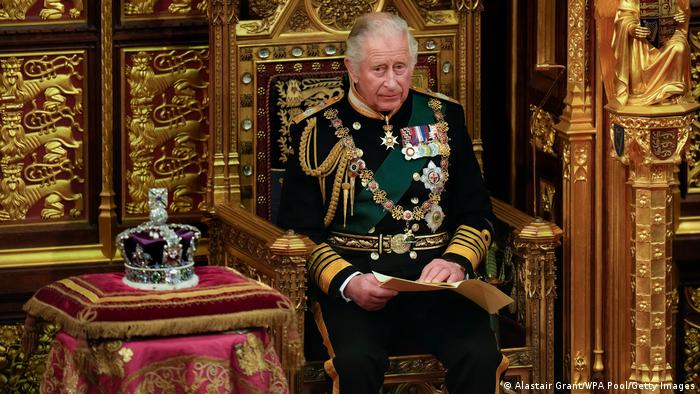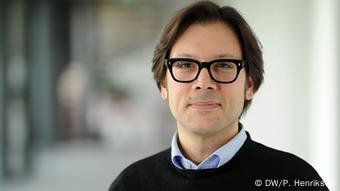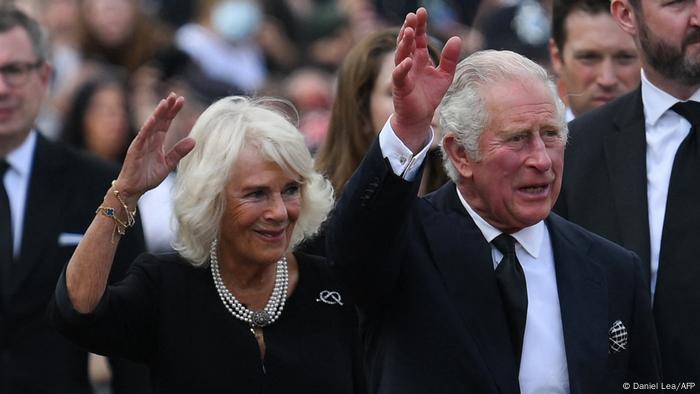
United Airlines is investing $15 million to buy 200 vertical take-off and landing electric vehicles from Eve Air Mobility, the company confirmed on Thursday. Image by United Airlines
Sept. 8 (UPI) -- United Airlines is investing $15 million to buy 200 vertical take-off and landing electric vehicles, the Chicago-based company said in a statement on Thursday.
The conditional purchase agreement is with Eve Air Mobility, a subsidiary of Brazilian aircraft manufacturer Embraer, and calls for 200 of the four-seat electric aircraft.
United also has an option to purchase a further 200 of the flying taxis, with the first deliveries expected to occur as early as 2026.
The two companies also intend to work together on future projects and develop the application of the aircraft for use in what the airline is terming the "urban air mobility (UAM) ecosystem."
This isn't United's first foray into the eVTOL space. Last month, the world's fourth-largest airline gave a $10-million deposit to California-based Archer Aviation for 100 similar aircraft, as it attempts to be at the forefront of the new technology. At the time, Archer called it a "watershed moment" for the entire industry.
The purchase is part of United's goal of reaching net zero emissions by 2050 without the use of traditional offsets.
The air taxis do not rely on traditional combustion engines. Instead, the aircraft use carbon-free electric motors, "to be used as 'air taxis' in urban markets."
Eve's particular design uses conventional fixed wings, rotors and pushers to operate.
The vehicles have a range of 60 miles and are 90% quieter than current conventional aircraft.
The company plans to begin conducting simulation tests next week in Chicago, beginning with ground tests and followed by passenger flights, using helicopters powered by Blade Air Mobility.
"United has made early investments in several cutting-edge technologies at all levels of the supply chain, staking out our position as a leader in aviation sustainability and innovation," Michael Leskinen, president of the company's innovation wing, United Airlines Ventures said in a statement.
"Today, United is making history again, by becoming the first major airline to publicly invest in two eVTOL companies. Our agreement with Eve highlights our confidence in the urban air mobility market and serves as another important benchmark toward our goal of net zero carbon emissions by 2050 -- without using traditional offsets. Together, we believe our suite of clean energy technologies will revolutionize air travel as we know it and serve as the catalyst for the aviation industry to move toward a sustainable future."
Alan Boyle - Friday - Geekwire
Eight months ago, Zeva Aero conducted a milestone flight test for an electric-powered flying saucer that would warm the heart of any sci-fi fan. Now the Tacoma, Wash.-based startup has changed the design — and although Zeva’s Z2 will look less like a UFO, it will look more real.

An artist’s conception shows Zeva’s Z2 electric air vehicle in horizontal flight.
“It’s not just science fiction,” Zeva CEO Stephen Tibbitts says.
Tibbitts explains what’s changed since January, and why, in the latest episode of the Fiction Science podcast, which focuses on the intersection of science and fiction.
The company’s first full-scale prototype, known as the Zeva Zero, was developed to compete in the GoFly Prize, a $2 million contest for single-person flying machines.
After Zeva put the Zero through its first untethered, controlled flight test in a pasture south of Seattle, Tibbitts and his team decided to change things around for the Z2. “We’re moving on to what we think solves some of the issues that the Zero has,” Tibbitts says.
Zeva’s goal for the Z2 is basically the same as it was for the Zero: to create a flying vehicle that takes off and lands vertically, but pivots for horizontal forward flight. Its range for flying a single person would be 50 miles, with enough power to hit a top speed of 160 mph.
The streamlined Z2 design still has something of a flying saucer look, but it calls for bigger, more efficient propellers that are mounted on four large motor pods. Zeva also plans to incorporate the latest in battery tech. The new design may not be as compliant with the GoFly Prize’s design specifications, but it’ll more stable on the ground for takeoff.
“We have not finished the prototype yet,” Tibbitts says. “We’re working on it. We have quite a bit of CAD [computer-aided design] work to do before we start cutting molds. But once we start cutting molds and making composite parts, it should go fairly quickly.”
Zeva is aiming to have a Z2 prototype ready for testing later this year.

Stephen Tibbitts is the co-founder and CEO of Zeva Aero.
Tibbitts is proud of how far his team has come since the company was founded in 2017. So far, Zeva has gotten its funding from founders, friends and family, plus an equity crowdfunding campaign that brought in more than $200,000. Tibbitts says the company currently has in the neighborhood of six “quasi-full-time” employees and 25 experts it can call upon for advice.
“The remarkable thing about Zeva, really, is that we’ve produced a 100% full-scale flying prototype over four and a half with a budget of $700,000,” Tibbitts says. Now Zeva is ramping up for what it hopes will be a multimillion-dollar Series A funding round.
Can Zeva keep up with much larger companies that are also working on electric vertical-takeoff-and-landing vehicles, or eVTOLs? Companies like Bell, Joby Aviation and Boeing-backed Wisk Aero? Tibbitts says Zeva can occupy a niche of its own.
“A lot of it has to do with focus,” he says. “We’re focused on trying to drive the technology down into the hands of people that just want to fly. Other companies are focused on urban air mobility. … I happen to believe that eVTOL technology has wide-ranging applications far outside the city.”

Artwork shows Zeva’s eVTOL parked in a driveway.
The way Tibbitts sees it, the first applications could include providing rapid-response air vehicles for first responders and law enforcement officials. He also notes that the U.S. military is looking at eVTOLs for a variety of applications.
“If you look at what the Navy’s asking for, they’re asking for a small, compact aircraft that can launch itself,” Tibbitts says. “They want to be able to store a bunch of these in a container ship … and then be able to launch them to either go ship-to-shore or ship-to-ship, and just supply goods. Not necessarily hauling humans around.”
Once Zeva gets its design figured out, the business plan calls for setting up a pilot production line, most likely in the Puget Sound region. “I would be so bold to say it also could be the site for the future Gigafactory — if we’re following the Tesla model, in terms of being able to set up a factor to stamp these things out and make lots of them,” Tibbitts says.
Zeva is planning on an initial price tag of $250,000.
“I think there’s margin in there for us at that price,” Tibbitts says. “But I also would want to be able to drive it down to a lower cost point eventually — five, six, seven years from now — into something that’s attainable for the consumer. So, you’d have your choice: You can buy a Lamborghini, or you can buy a Zeva.”

In this artist’s conception, a Zeva eVTOL is parked on the side of a building at a SkyDock.
Tibbitts admits that he’s been inspired by the flying cars of science fiction, going back to the bubble car that was featured in “The Jetsons” and the magnetic air car that popped up in the Dick Tracy comic strip starting in the ’60s. But he says the real-life flying machines due to emerge in the decades ahead will look a lot different.
“The ultimate goal, I think, for the next 20 years is to combine eVTOL technology with high-speed, cross-country travel,” Tibbitts says. “Everybody wants a business jet that can land and take off vertically, and there’s actually some Air Force work going on in that area.”
In February, the Air Force selected 11 companies to move ahead with high-speed eVTOL concepts. One of those companies is Jetoptera, which is based in Edmonds, Wash. Another company on the list, VerdeGo Aero, was co-founded by Bainbridge Island resident Erik Lindbergh, the grandson of aviation pioneer Charles Lindbergh.
Zeva may not have made the Air Force’s list this time around, but Tibbitts clearly has high-speed flights in his sights. “That’s the next big phase — to get to a point where you’ve got a machine that can land and take off virtually anywhere, but can also go 300-plus miles an hour and get you to your destination very quickly,” he says.
So, if Zeva stays in business long enough, make a note to watch the skies as the Z10 zips by.
Check out the original version of this item on Cosmic Log for Tibbitts’ top recommendation when it comes to far-out science fiction.

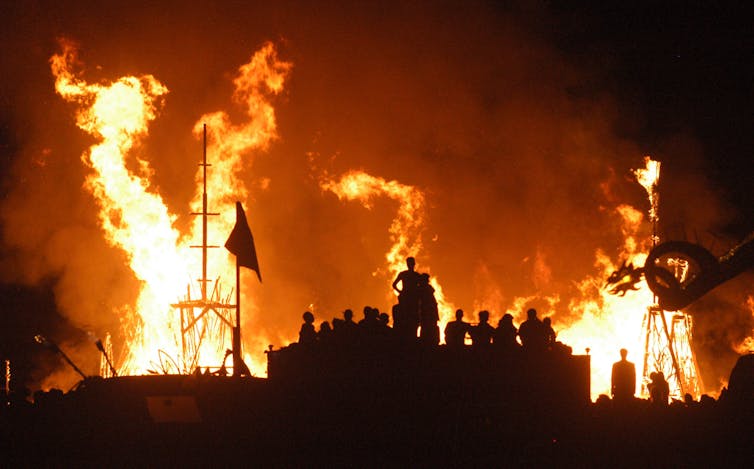

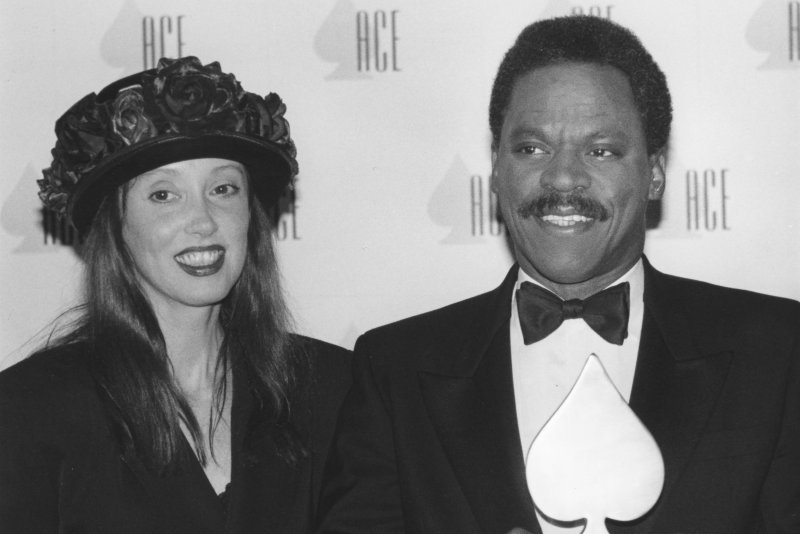
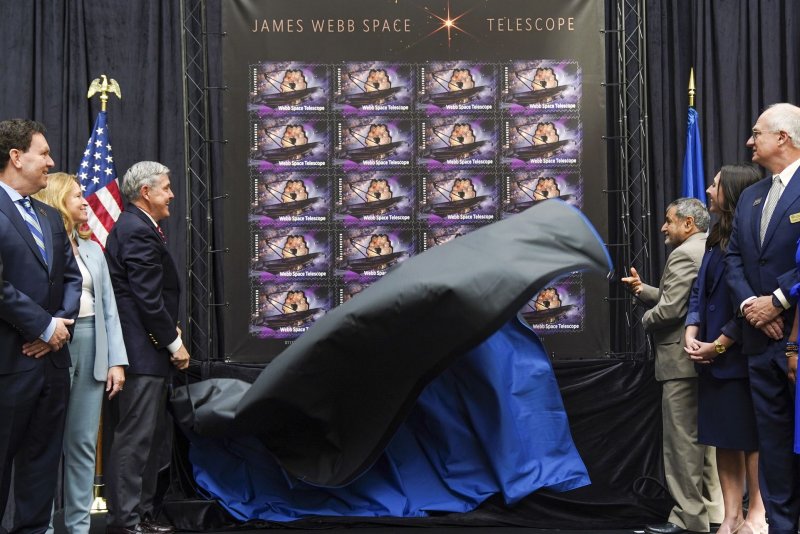

.jpg)

.jpg)




